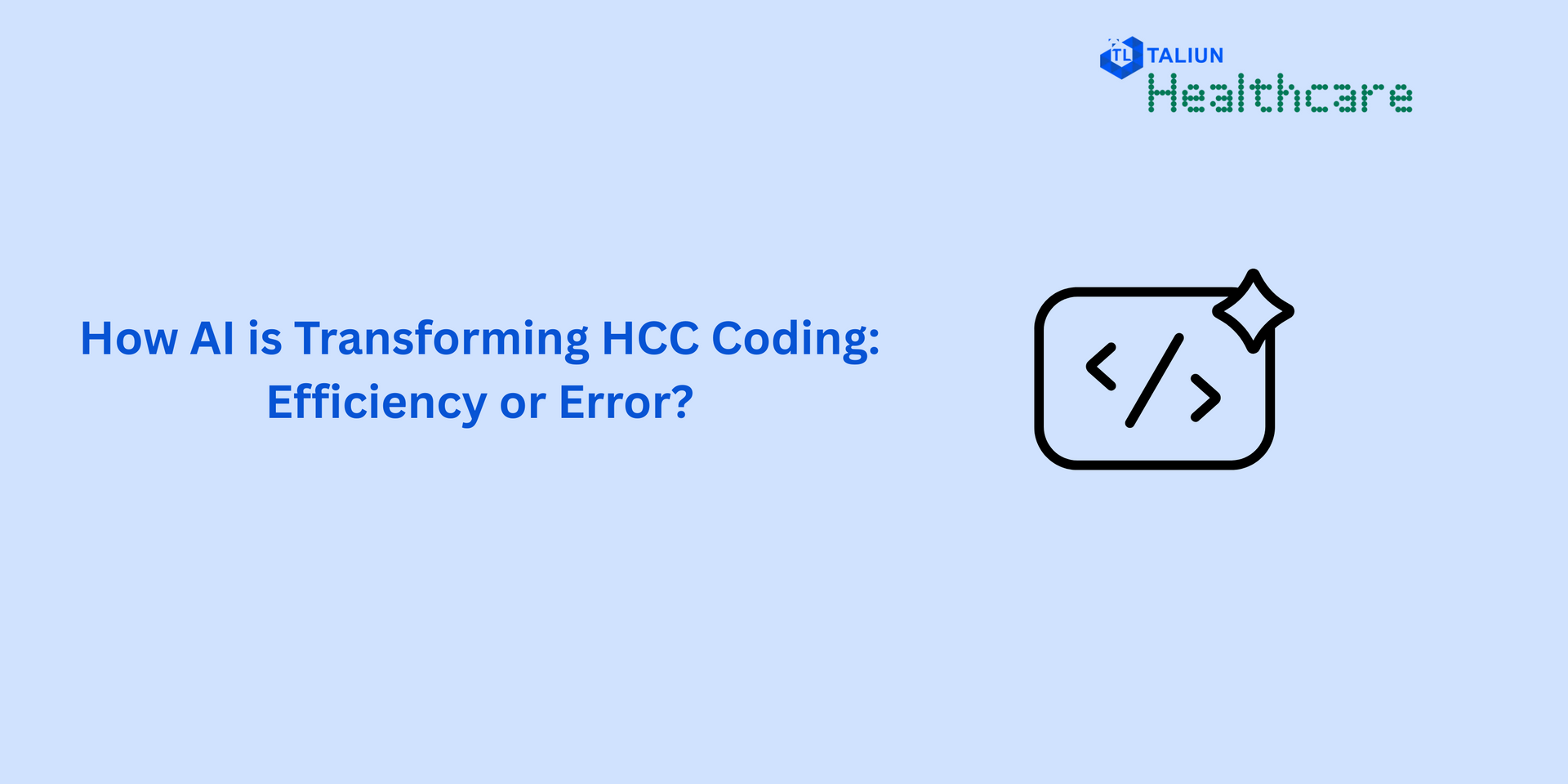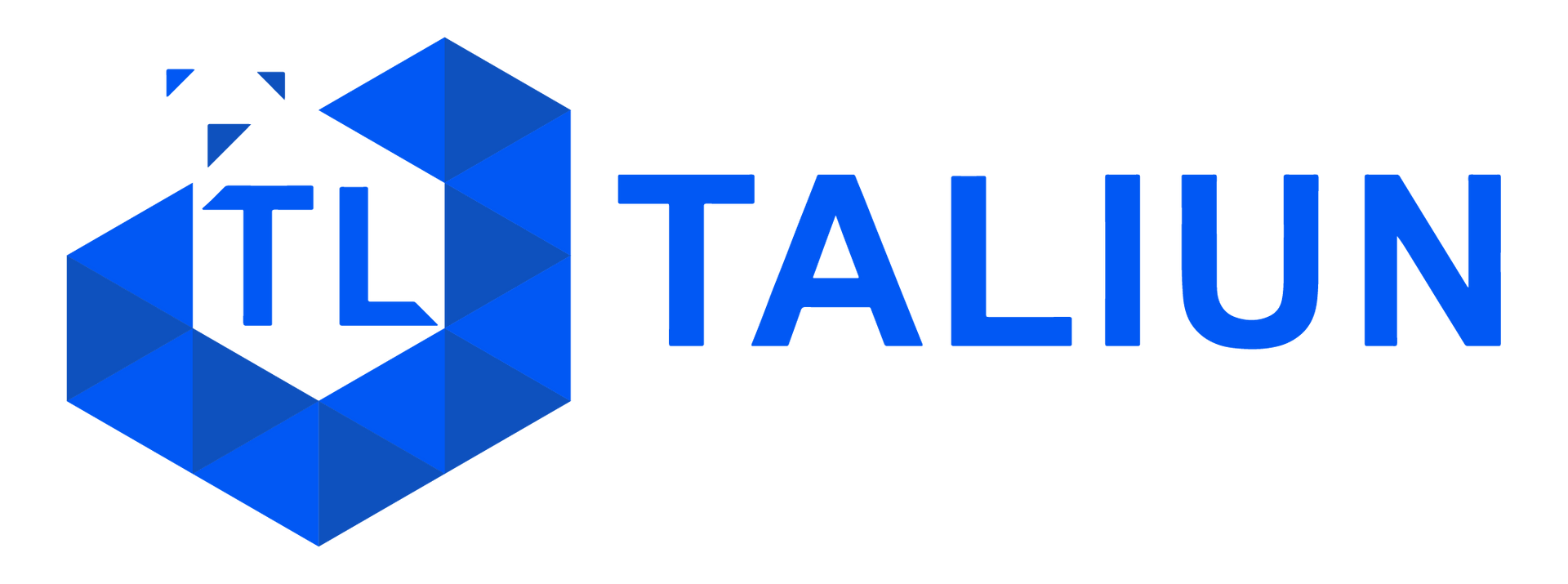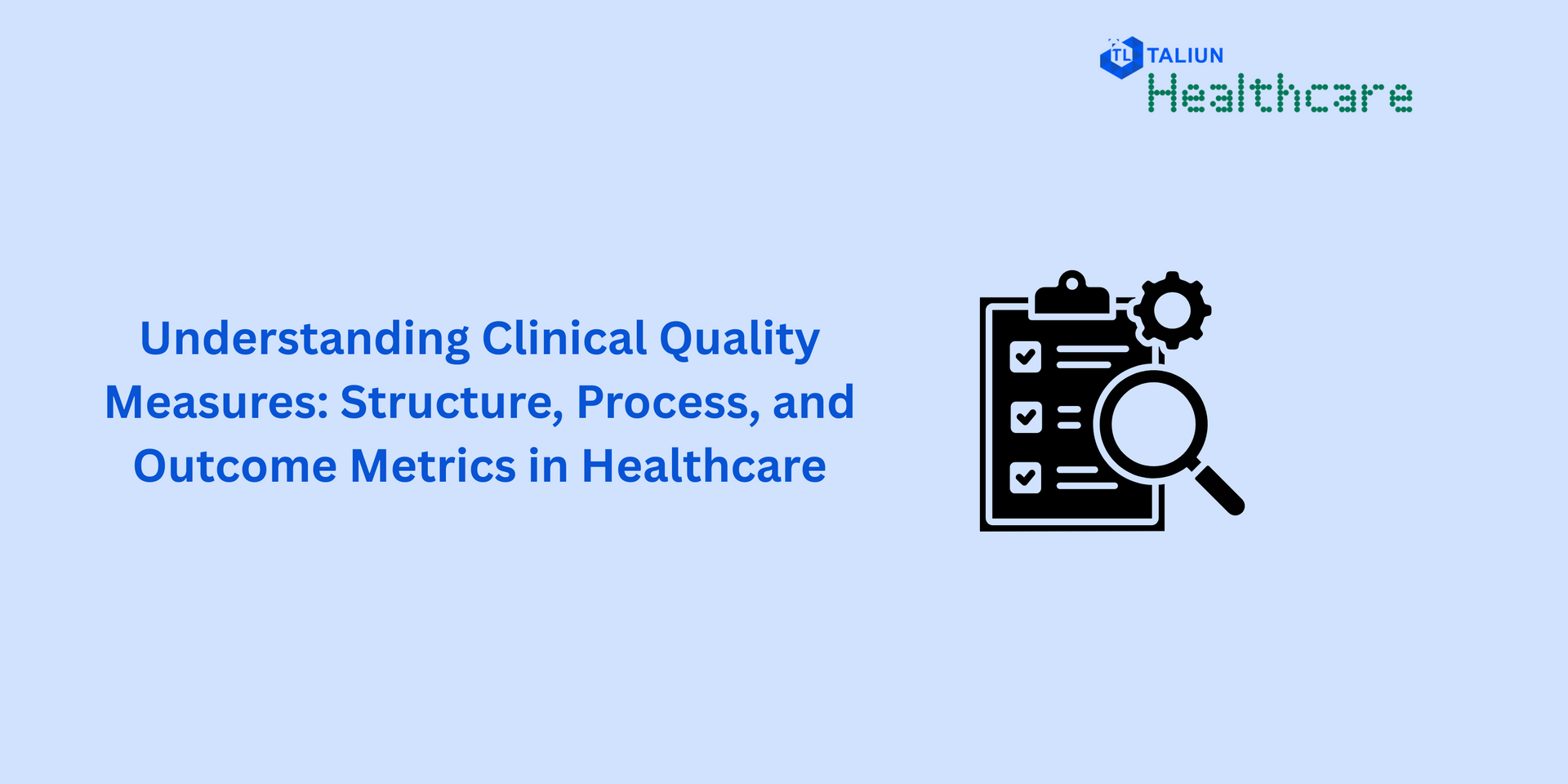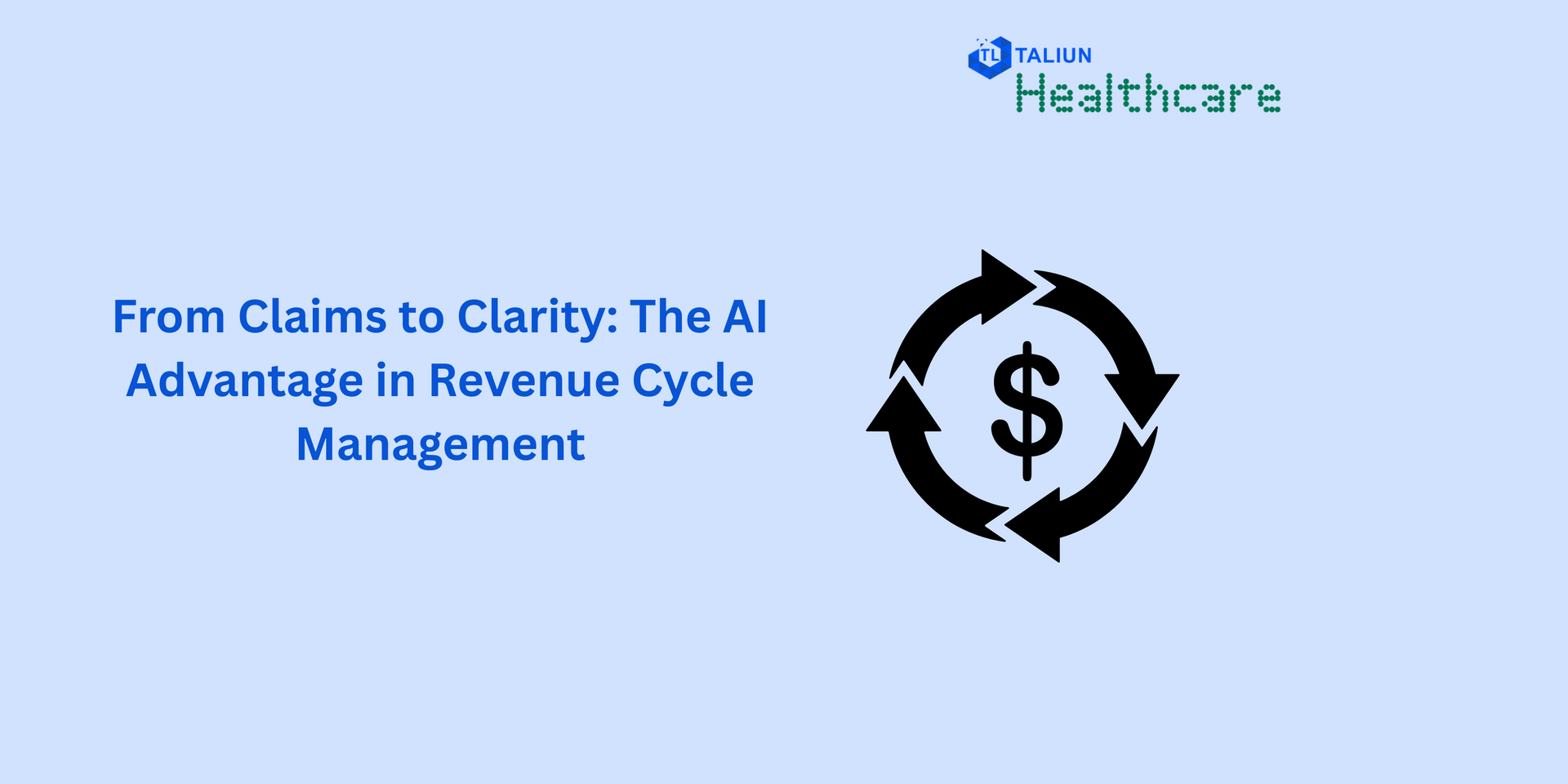How AI is Transforming HCC Coding: Efficiency or Error?

Every healthcare leader knows the pressure that comes with HCC coding. It is the backbone of risk adjustment, influencing everything from payment accuracy to quality reporting. Yet the process has always been weighed down by manual review, coding backlogs, and the constant risk of human error.
This is where AI in healthcare has stepped in, promising speed, accuracy, and relief. But the question remains: does AI in medical coding truly solve the problem, or does it introduce new risks?
How AI Is Used in Healthcare Coding
At its core, AI medical coding uses natural language processing (NLP) and machine learning to interpret clinical documentation. Instead of a coder combing through charts line by line, AI systems in medical billing and coding can scan encounter notes, flag potential HCCs, and recommend codes that align with HEDIS guidelines and CMS rules.
Key applications include:
- Chart Abstraction: NLP tools pull diagnoses from provider notes, highlighting conditions that map to HCCs.
- Automated Coding Suggestions: AI engines provide coders with the most likely ICD-10 codes, speeding up documentation.
- Claims Processing: In
healthcare claims processing, AI can check for compliance issues, missing modifiers, or patterns likely to trigger denials.
This doesn’t mean coders are replaced, it means their workload shifts from repetitive searching to higher-level decision making.
The Benefits of AI in Healthcare Coding
When applied responsibly, the benefits of AI in healthcare coding are clear:
- Efficiency Gains: Coders spend less time on data entry and more on validation.
- Improved Accuracy: AI reduces overlooked diagnoses and enhances capture of chronic conditions.
- Consistency: Unlike humans, AI doesn’t get tired, distracted, or inconsistent over time.
- Productivity Boost: Facilities using
AI medical coding for healthcare facilities often find they can handle more charts in less time without compromising quality.
These benefits explain why AI in the healthcare revenue cycle continues to expand, particularly in coding and billing functions.
The Risks: Efficiency or Error?
The phrase “garbage in, garbage out” applies here. AI only works as well as the data it’s trained on.
- Over-Coding Risk: If AI suggests codes without proper clinical backing, it may inflate RAF scores and expose organizations to audits.
- Under-Coding Risk: Conversely, poorly tuned AI might miss secondary diagnoses that significantly affect reimbursement.
- Compliance Gaps: AI doesn’t yet fully understand the nuance of clinical intent. Human oversight is still essential.
This is why experts emphasize AI used in medical coding increasing productivity must always be paired with human review.
Best Practices for AI Medical Coding in Healthcare
To maximize the upside while minimizing risks, healthcare organizations should:
- Adopt Human-in-the-Loop Models: Let AI surface suggestions but require coders to make the final call.
- Prioritize Compliance Alignment: Ensure AI systems are built around official
HCC coding guidelines and updated with regulatory changes.
- Integrate with Existing Workflows: The best tools plug into your EHR and RCM systems, avoiding the need for double documentation.
- Train Coders Alongside AI: Coders need to learn how to interpret AI outputs and when to challenge them.
- Monitor Outcomes Continuously: Track not only speed and volume but also audit results, denial trends, and documentation quality.
Final Thoughts
So, how does AI contribute to enhanced accuracy in medical coding and billing? By shifting routine chart review to machines, it frees coders to focus on clinical nuance and compliance. But the real transformation comes when AI is treated not as a replacement, but as an assistant, one that amplifies human judgment instead of replacing it.
The future of AI in medical coding lies in balance: efficiency supported by automation, accuracy safeguarded by expertise. Organizations that get this balance right will not only reduce administrative waste but also strengthen the integrity of their risk adjustment and revenue cycle.
At Taliun, our advanced solutions bring clarity to HCC coding by pairing AI-driven insights with human expertise. We help teams capture the right diagnoses, close coding gaps, and stay aligned with the latest CMS guidelines, ensuring that RAF scores reflect true patient complexity without exposing organizations to unnecessary audit risk.




